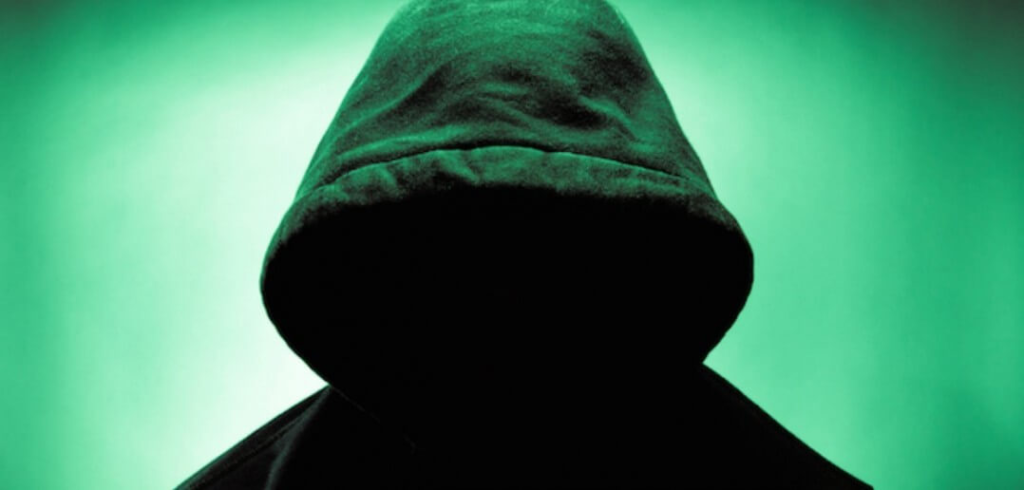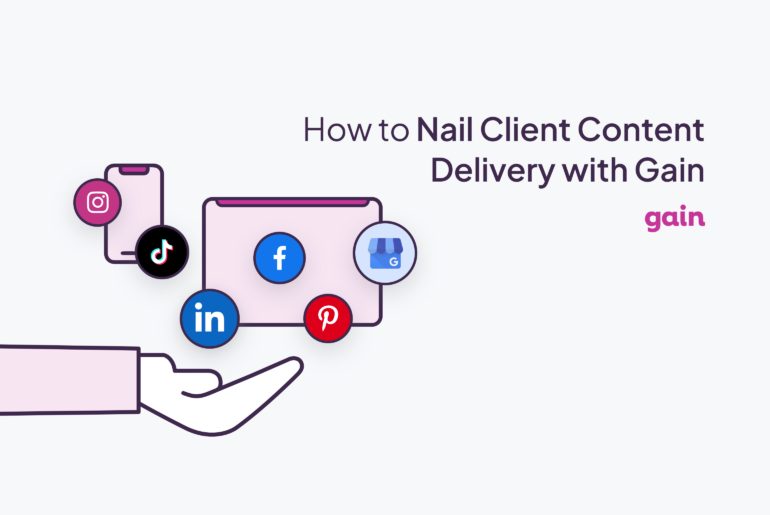Dark social is not as scary as it sounds, but you should still be paying attention to it. If you’ve never heard the term before, dark social refers to social sharing through private channels that your website analytics tool cannot track as referrals.
The term was coined in 2012 by The Atlantic’s former deputy editor, Alex Madrigal. Right now, many marketing researchers consider that dark social accounts for up to 84% of outbound sharing. So what does that mean for your website analytics?
You may have noticed a significant amount of your website traffic comes from “direct” sources. But it is unlikely that people are just typing the link to your website into their browser. The majority of these visitors are likely coming from links shared through dark social.
How Internet users share content through dark social

Dark social sharing most commonly occurs through direct messaging, when someone copies the URL of a page to send to a friend, rather than using a social sharing button.
The most common platforms for dark social sharing are:
- Email – Email referrers are not shared to protect a user’s privacy
- Direct messaging apps – Whatsapp, iMessage, Twitter, Instagram Direct Message, and Facebook Messenger
- Secure browsing – If you click from an https to an http URL, your analytics will not pick up the referral
- Native mobile apps – Facebook, Instagram, and others
When you think about it, it’s not surprising that dark social is the most common way that Internet users share content. When you read a great article that you think your friends would love, you are probably used to copying and pasting the link into an email or a text, and sending it over to them. Older generations are particularly likely to share over dark social, with 46% of Baby Boomers using exclusively dark social for sharing content.
However, this form of sharing impedes a marketer’s ability to track where visitors are coming from, which can make web traffic statistics more challenging to analyze for your marketing team. If your marketing is data-driven, missing 84% of your sources could mean you are putting your efforts in the wrong place.
So how can you track dark social?

There are a few ways you can get around the challenge of monitoring your direct traffic, although most analytics tools are not yet powerful enough to capture all of this information.
Tracking dark social is still mostly a mystery to even the most experienced digital marketers, but implementing these tricks can help you discover the source of a few more of those direct visits.
1. Offer more sophisticated share buttons
Many websites leave their share buttons at the bottom of a post or make it unclear whether the button is for sharing or following. Update your share buttons so that clicking them is easy and appealing to your readers.
If clicking a button will save them time and make sharing simpler, then they are more likely to use your buttons and you can track those shares.
2. Use UTM links and shortened links in your social media shares
Unfortunately, many people still copy the link directly from their search bar after reading an article, which means the sharing once again happens over dark social. By using a UTM link, you can provide unique URLs for all of your posts, to help you see where your traction is coming from. If someone copies the UTM link directly from your post, or shares your post privately, you’ll still know where they originated.
While UTM links do not fully solve the problem, using trackable links in your emails and posts will cut down some of your questions about sourcing. More information on how to use UTM links is available here.
3. Adopt dark social tracking apps
These three online tools can also help you track dark social sharing:
Get Social.io: Insert a snippet of code into your website’s HTML to follow all shares – even dark social shares – through their website.
Po.st: Po.st provides social sharing buttons that allow sending through dark social (messages, email, etc.) and analytics for companies that sign up.
Get Social: Similar to Po.st, this web app allows you to include social sharing buttons that send the link through dark social channels.
Dark social is not bad for business, but it can muddle your marketing analytics. It is crucial to understand how it works so that you can begin to source more of your “direct” traffic and analyze which channels are producing unique visitors.
The tools above can help minimize the information gap that dark social sharing creates, although to date no software or app has been powerful enough to track dark social entirely. However, if you can learn to spot the signs of a dark social share, then you can target your marketing more precisely and improve your social media ROI.






